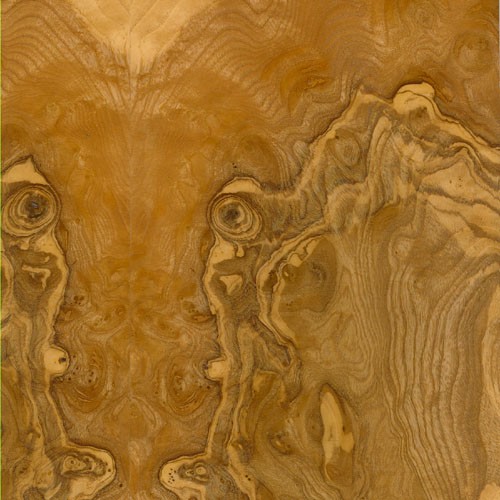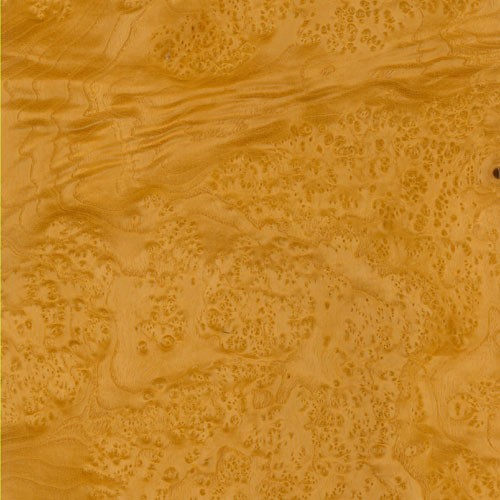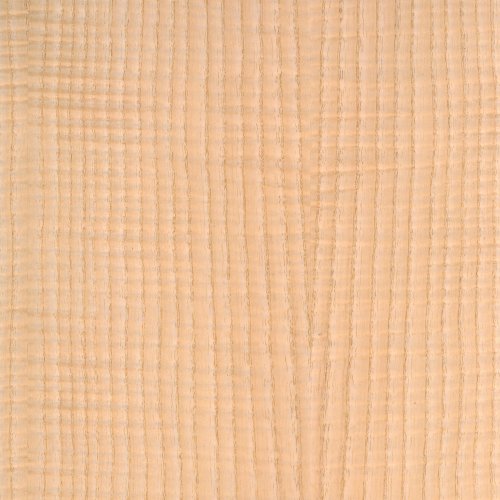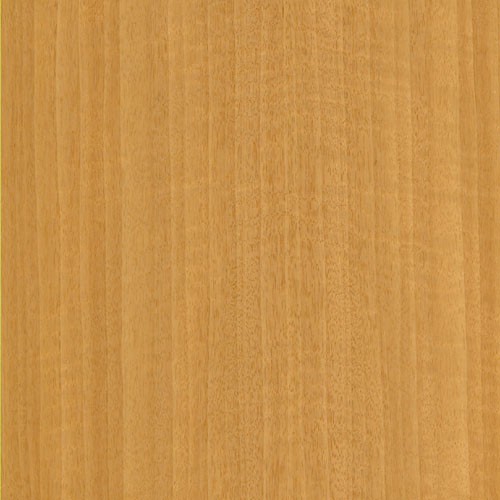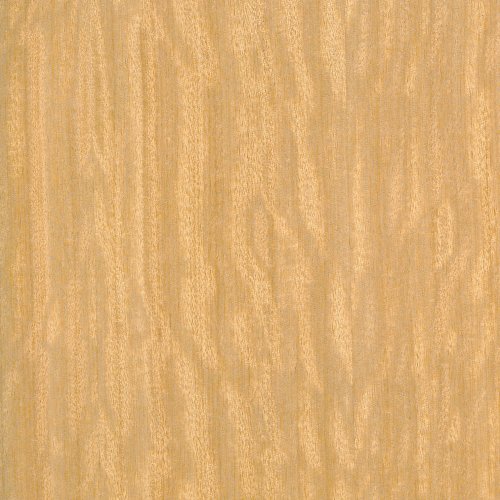Ash
[Fraxinus americana]
Considered the premiere species of the North American Ashes, White Ash grows primarily in the Eastern United States.
It’s prized for being hard and strong, with excellent shock resistance and bending qualities. All of which make it a wood of choice for tool handles and sports equipment — especially Louisville Slugger baseball bats, hockey sticks, tennis rackets, oars, and pool cues.
White Ash is characterized by a natural, light and bright appearance that blends into almost any environment. Overall, it’s a light to medium brown color, with beige to light brown sapwood that can be very wide, though often not clearly demarcated from the darker heartwood. The specie’s subtle, elegant grain is almost always straight and regular, but can be moderately curly.
Unfortunately, like all Ash species, the White Ash has been under attack by the Emerald Ash Borer beetle since the 1990s, when the tiny green Asian insect was inadvertently introduced to North America in. In the last 30 years, the larvae of the beetle has been responsible for killing hundreds of millions of Ash trees. As a result, the White Ash is listed as critically endangered on the IUCN Red List, and the U.S. Forest Service estimates only 20-30% of the species will ultimately survive the devastation.
Species Distribution:
Eastern North America
Common / Alternative Names:
American White Ash
Janka Hardness:
1,320 lbf
Sustainability Status:
CITES Appendices: Not listed
IUCN Red List of Threatened Species: Listed as critically endangered due to a projected population reduction of over 80% in the next three generations, caused by effects of introduced taxa.
Related Species:
Black Ash (Fraxinus nigra)
Blue Ash (Fraxinus quadrangulata)
European Ash (Fraxinus excelsior)
Green Ash (Fraxinus pennsylvanica)
Oregon Ash (Fraxinus latifolia)
Pumpkin Ash (Fraxinus profunda)
Tamo Ash (Fraxinus mandshurica)
Olive Ash
Swamp Ash


